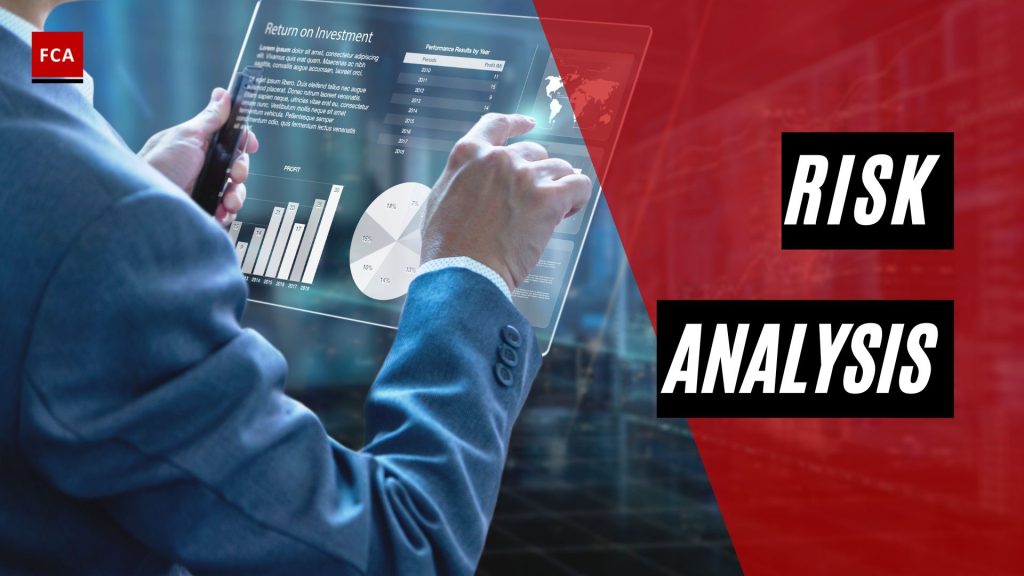Risk analysis practices are developed and shaped by the people at all levels of an entity by what they say and do. People establish the entity’s mission, strategy, and business objectives and implement enterprise risk management practices. Similarly, enterprise risk management affects people’s decisions and actions. Each person has a unique point of reference, influencing how they identify, assess, and respond to risk. Enterprise risk management helps people make decisions while understanding that culture plays an essential role in shaping those decisions.
Organizations pursue various competitive advantages to create value for the entity. Enterprise risk management adds to the skills needed to carry out the entity’s mission and vision and to anticipate the challenges that may impede organizational success. An organization that can adapt to change is more resilient and better able to evolve in the face of marketplace and resource constraints and opportunities.

Risk Analysis Integration
Risk analysis integration enables the organization to make decisions better aligned with the speed and potential disruption of individual risks and the pursuit of new opportunities. Risk-aggressive entities may need to obtain risk-related information quickly and have streamlined decision-making processes to pursue fast-moving opportunities.
For example, consider an investment firm has been presented with an opportunity to bid on a new deal but is required to respond within several hours. The firm’s risk management practices are well integrated with the capabilities within the bidding process, allowing the organization to collect and review the available information and make a decision in the time required.
Where risk management practices and capabilities are separate, collecting relevant information, identifying stakeholders, and making decisions all take longer, and that can jeopardize an entity’s ability to meet urgent deadlines. In short, the more risk aggressive the entity, the greater the integration value. For most entities, integrating enterprise risk management is an ongoing endeavor. Factors influencing integration are entity culture, size, complexity, and how long a risk-aware culture has been embraced.
Governance sets the organization’s tone, reinforcing the importance of and establishing oversight responsibilities for enterprise risk management. Culture pertains to ethical values, desired behaviors, and understanding of risk in the entity. Instead, risk analysis, practices, and capabilities are integrated and applied throughout the entity. Integrating enterprise risk management with business activities and processes results in better information supporting improved decision-making and enhancing performance.
In addition, it helps organizations to:
- Anticipate risks earlier or more explicitly, opening up more options for managing the risks and minimizing the potential for deviations in performance, losses, incidents, or failures.
- Identify and pursue existing and new opportunities by the entity’s risk appetite and strategy.
- Understand and respond to deviations in performance more quickly and consistently.
- Develop and report a more comprehensive and consistent portfolio view of risk, allowing the organization to allocate finite resources better.
- Improve collaboration, trust, and information sharing across the organization.

To perform the risk analysis in the organization, the organization routinely hires capable individuals with relevant experience who can exercise judgment and oversight by their responsibilities. The organization can access capable individuals, subject matter experts, or other technical resources to support decision-making. When making necessary technological or infrastructure investments, management considers the tools required to enable enterprise risk management responsibilities.
Corrective controls are designed to correct the errors and irregularities identified in risk, and controls are built in the form of procedures and manuals for the reference of the employees. Some controls are built into the system, which automatically corrects the errors or prevents the occurrence of errors.
Examples of corrective controls are:
- Policies and procedures for reporting errors and irregularities so they can be corrected.
- Training employees on new policies and procedures as corrective actions.
- Positive discipline to prevent employees from making future errors.
- Continuous improvement processes to adopt the latest operational techniques
Final Thoughts
The term risk analysis refers to the process of identifying the possibility of any adverse events that could have a negative impact on organizations and the environment. Corporations such as banks, construction companies, health care providers, governments, and nonprofits all conduct risk assessments. A risk analysis can help organizations determine whether they should embark on a project or approve a financial application, as well as what steps they should take to protect their interests. This type of analysis aids in the balance of risks and risk reduction. Risk analysts frequently collaborate with forecasting professionals to reduce future negative unforeseen effects.









